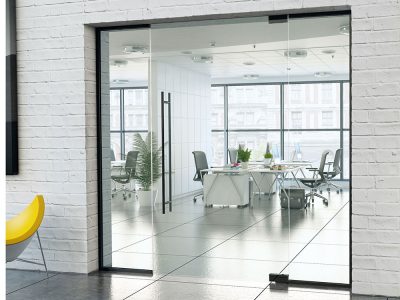A lease agreement is more than just a legal document between you and your tenants—it serves as a roadmap for building a stable and successful rental business. A well-structured lease outlines expectations, safeguards your investment, and ensures a clear understanding between both parties.
While most rental agreements share a set of fundamental components, each property and landlord has unique needs. Below are five key elements every lease should address and ways to adapt them to fit your specific goals and circumstances.
1. Tenancy Term
The tenancy term defines how long the rental agreement will remain in effect. Most residential leases are for one year, though month-to-month and multiyear agreements are also common.
Month-to-month leases offer flexibility, allowing landlords to adjust terms or end tenancies quickly if issues arise. However, this flexibility can also result in higher turnover and increased maintenance and administrative costs. Longer leases, on the other hand, can help secure reliable tenants and provide income stability—but they may limit your ability to respond to market changes or evolving tenant needs.
2. Utilities and Services
This section clarifies who is responsible for paying utilities such as water, electricity, gas, and internet. Some landlords choose to include utilities in the rent price, which can attract tenants who prefer convenience. Others prefer that tenants handle these costs directly, promoting energy efficiency and simplifying the landlord’s accounting.
Ultimately, the best approach depends on your local rental market, the type of property you own, and your management preferences.
3. Insurance Requirements

It’s important to state whether tenants must obtain renters insurance. Such policies can protect tenants from the loss of personal belongings, provide liability coverage, and help with temporary living expenses if their home becomes uninhabitable.
For landlords, requiring renters insurance adds an extra layer of security, reducing potential liability and ensuring tenants have financial protection in unforeseen circumstances. However, landlords should also plan how to monitor compliance effectively.
4. Use of Property
A clear use-of-property clause defines what tenants can and cannot do on the premises. While illegal or disruptive activities are always prohibited, other restrictions—such as smoking, property modifications, or operating a home business—depend on the landlord’s discretion.
When drafting this section, consider the property’s location, local norms, and your tolerance for risk. Being specific and unambiguous helps prevent disputes and keeps your property well-maintained.
5. Pet Policy
This clause specifies whether pets are permitted on the property. Allowing pets can expand your potential tenant pool and improve retention rates, given that many renters have companion animals. However, pets can also lead to additional wear and tear, potential noise complaints, and liability concerns.
If you choose to allow pets, consider implementing a separate pet agreement and deposit. This can outline expectations for vaccinations, cleanliness, and responsibility for any damages.
Building a Strong Foundation for Your Rental Business
A thoughtful and well-crafted lease agreement serves as the cornerstone of any successful rental operation. It not only sets clear expectations between landlords and tenants but also ensures that both parties understand their rights and responsibilities from the start. Establishing clarity through detailed terms helps prevent conflicts and promotes a professional and transparent rental relationship.
By addressing essential elements such as lease duration, utilities, insurance requirements, property use, and pet policies, landlords can build a solid framework for managing their properties effectively. A strong lease protects investments, enhances tenant satisfaction, and provides the legal and operational stability needed for long-term success in the rental market.












Comments